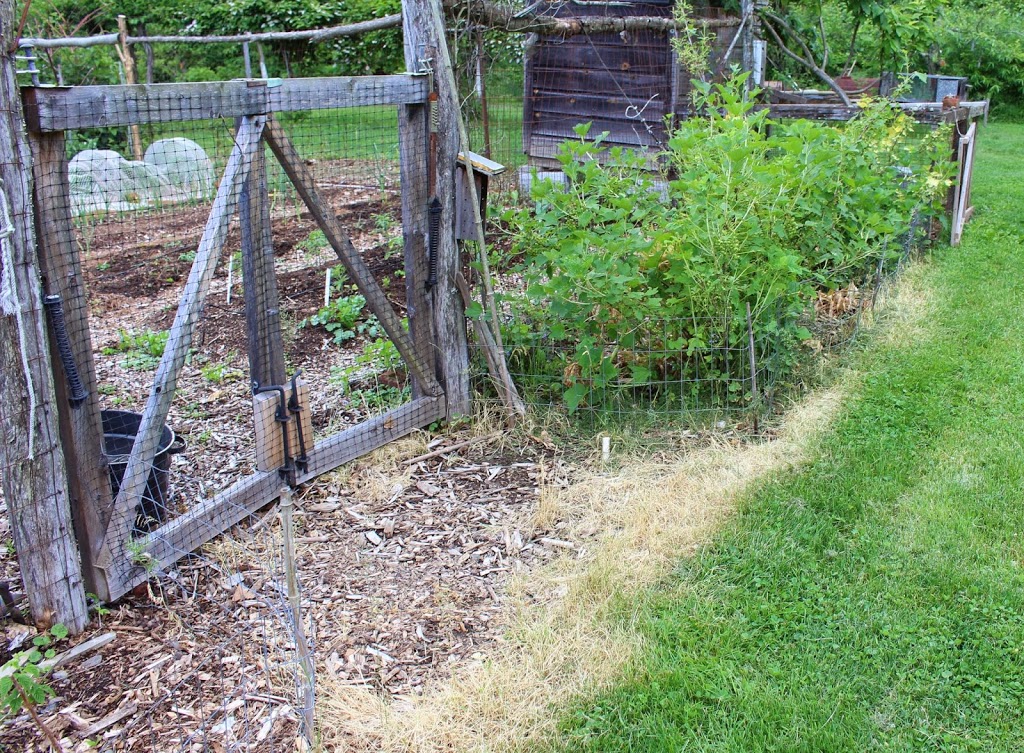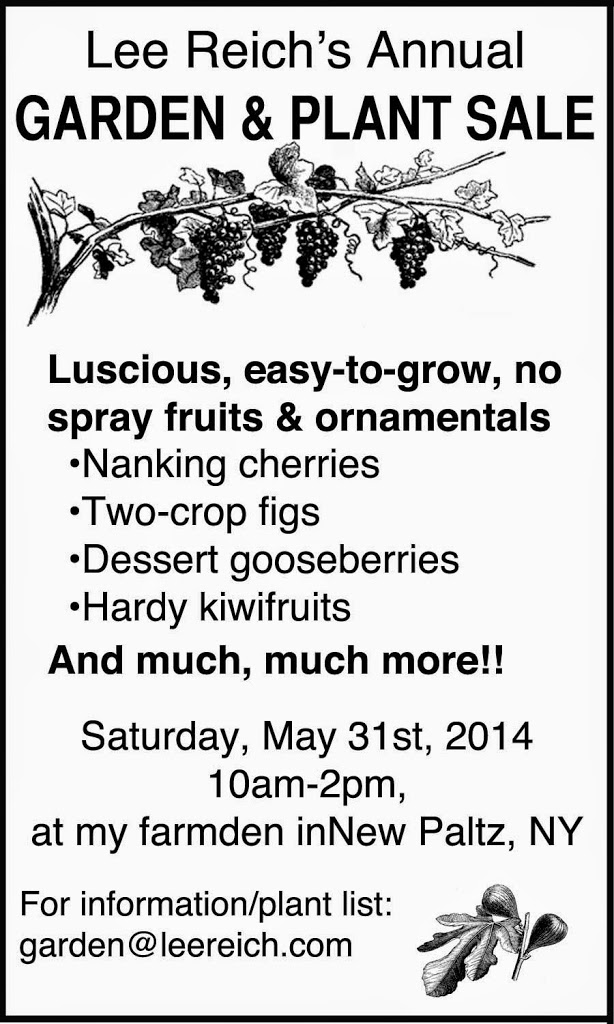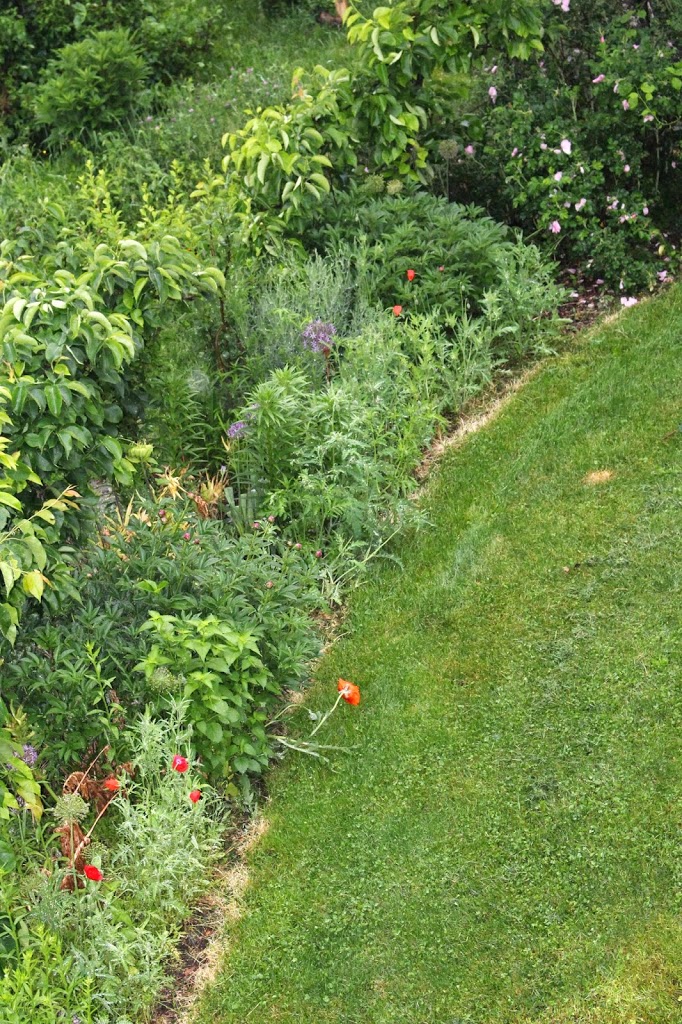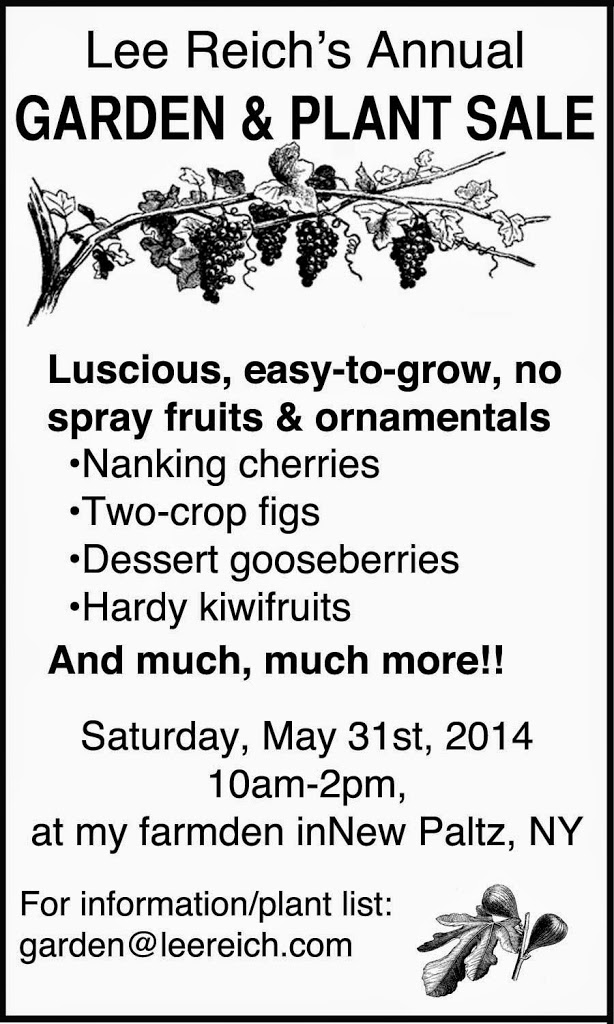Of Poppies, Snow, & Herbicides
/6 Comments/in Gardening/by Lee A. ReichAlas, the show from either plant is all too transient. Poppy foliage is soon to yellow and melt slowly back into the ground. And by the time you read this, blossoms of Snow in Summer will have tapered off and its leaves will have lost their exuberance of spring. The show’s transience makes it all the more appreciated.
The USDA also has been researching the use of acetic acid as an organic spray to control weeds. They found 20 percent acetic acid to be very effective, which is not surprising. Twenty percent acetic acid, though, is neither very safe to use nor readily available.
My vinegar concoction, at 5 to 6 percent acetic acid, is, of course, not as effective as the USDA’s 20 percent. Nor is it nearly as effective as the widely used chemical weedkiller Roundup. My mix only kills green leaves; Roundup is translocated throughout a plant to kill roots, stems, and leaves. Plants store energy in roots and stems so can recover from my spray to grow new leaves. Eventually, with repeated spraying, vinegar-sprayed weeds run out of energy and die. Plus, my mix is not much different from salad dressing (except that it would need more oil, some herbs, and no detergent).
My aim is to spray frequently enough to kill each emerging round of greenery while it’s still drawing on energy reserves, before the leaves start socking away excess energy in roots and stems. Early in the season weekly sprays are needed; later, every two weeks or so.
Because vinegar only kills greenery by direct hit, it is most effective on smaller weeds where there is no “shadow effect.” The vinegar spray’s effectiveness drops at temperatures below 70° F.
 Anyone who has used a backpack sprayer will appreciate Jatco’s rather unique qualities: a carrying handle, clips for holding the pumping lever and spray wand during storage or carrying, a large mouth for easy filling and cleaning, a mixing paddle that moves with each pump of the handle, and the totally internal pump that eliminates that awful sensation of spray material dripping down your lower back (even if it is just vinegar). The sprayer is almost perfect, two very minor shortcomings being the difficult-to-read volume indicator embossed on the tank and the lack of a bottom handle to grab when inverting the sprayer when cleaning it.
Anyone who has used a backpack sprayer will appreciate Jatco’s rather unique qualities: a carrying handle, clips for holding the pumping lever and spray wand during storage or carrying, a large mouth for easy filling and cleaning, a mixing paddle that moves with each pump of the handle, and the totally internal pump that eliminates that awful sensation of spray material dripping down your lower back (even if it is just vinegar). The sprayer is almost perfect, two very minor shortcomings being the difficult-to-read volume indicator embossed on the tank and the lack of a bottom handle to grab when inverting the sprayer when cleaning it.
The best thing about the Jatco sprayer is the good leverage afforded by the way the pump handle is connected to the pump. Less pumping means less work. Carrying 3 or 4 gallons of liquid on your back in the hot sun is work enough.
Lee Reich’s Annual Garden & Plant Sale
/0 Comments/in Gardening/by Lee A. Reich
Luscious, easy to grow, no spray fruits and ornamentals.
- Nanking Cherries
- Two-crop figs
- Dessert gooseberries
- Hardy kiwifruit
And much more!
Saturday, May 31st 2014
10am – 2pm
at my farmden in New Paltz, NY
Contact Lee for more information.




